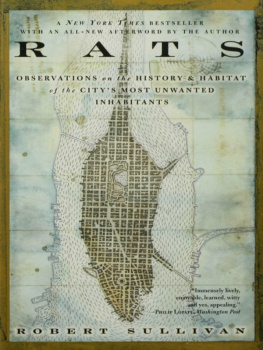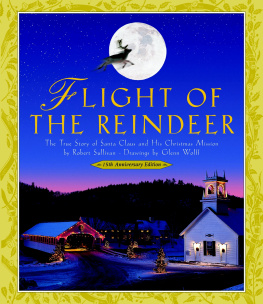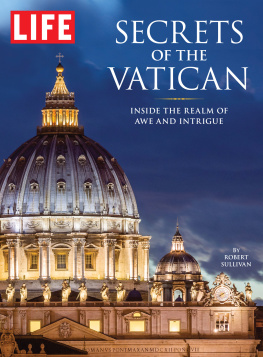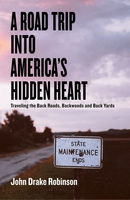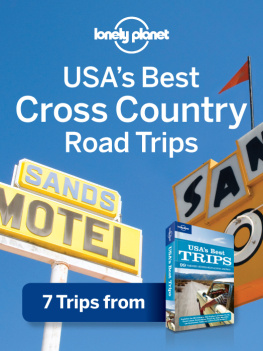Robert Sullivan - Cross Country: Fifteen Years and 90,000 Miles on the Roads and Interstates of America with Lewis and Clark
Here you can read online Robert Sullivan - Cross Country: Fifteen Years and 90,000 Miles on the Roads and Interstates of America with Lewis and Clark full text of the book (entire story) in english for free. Download pdf and epub, get meaning, cover and reviews about this ebook. year: 2006, publisher: Bloomsbury USA, genre: Art. Description of the work, (preface) as well as reviews are available. Best literature library LitArk.com created for fans of good reading and offers a wide selection of genres:
Romance novel
Science fiction
Adventure
Detective
Science
History
Home and family
Prose
Art
Politics
Computer
Non-fiction
Religion
Business
Children
Humor
Choose a favorite category and find really read worthwhile books. Enjoy immersion in the world of imagination, feel the emotions of the characters or learn something new for yourself, make an fascinating discovery.

- Book:Cross Country: Fifteen Years and 90,000 Miles on the Roads and Interstates of America with Lewis and Clark
- Author:
- Publisher:Bloomsbury USA
- Genre:
- Year:2006
- Rating:4 / 5
- Favourites:Add to favourites
- Your mark:
Cross Country: Fifteen Years and 90,000 Miles on the Roads and Interstates of America with Lewis and Clark: summary, description and annotation
We offer to read an annotation, description, summary or preface (depends on what the author of the book "Cross Country: Fifteen Years and 90,000 Miles on the Roads and Interstates of America with Lewis and Clark" wrote himself). If you haven't found the necessary information about the book — write in the comments, we will try to find it.
From the bestselling author of Rats, a personal and national history of one of Americas favorite pastimes: driving across the country.
The cross-country trip is the trip that often whizzes past us on our way to quaint back roads and scenic parks; its an America of long, looping highways, strip malls, fast-food depots, and road rage, but also one that is wide-open, awe-inspiring, and heartwarmingly lonely. Here, Sullivan, who has driven cross-country more than two dozen times, recounts his familys annual summer migration from Oregon to New York. His story of moving his family back and forth from the East Coast to the West Coast (and various other migrations), is replete with all the minor disasters, humor, and wonderful coincidences that characterize life on the road, not to mention life.
As he drives, Sullivan ponders his nation-crossing predecessors, such as legendary duo Lewis and Clark, as well the more improbable heroes of Americas unending urge to cross itself: Carl Fisher, an Indianapolis bicycle maker who founded the Indy 500, dropped cars off of buildings and imagined the first cross-country road; Emily Post, who, before her life as an etiquette writer, was one of the first cross-country chroniclers; and the race car drivers who, appalled by the invention of seatbelts and speed limits, ran an underground cross-country car race in the 1970s known as the Cannonball Run. Sullivan meets Beat poets who are devotees of Jack Kerouac, cross-country icon, and plays golf on an abandoned coal mine. And, in his trademark celebration of the mundane, Sullivan investigates everything from the history of the gas pump to the origins of fast food and rest stops. Cross Country tells the tales that come from fifteen years of driving across the country (and all around it) with two kids and everything that two kids and two parents take when driving in a car from one coast to another, over and over, driving to see the way the road made America and America made the road.
Robert Sullivan: author's other books
Who wrote Cross Country: Fifteen Years and 90,000 Miles on the Roads and Interstates of America with Lewis and Clark? Find out the surname, the name of the author of the book and a list of all author's works by series.

